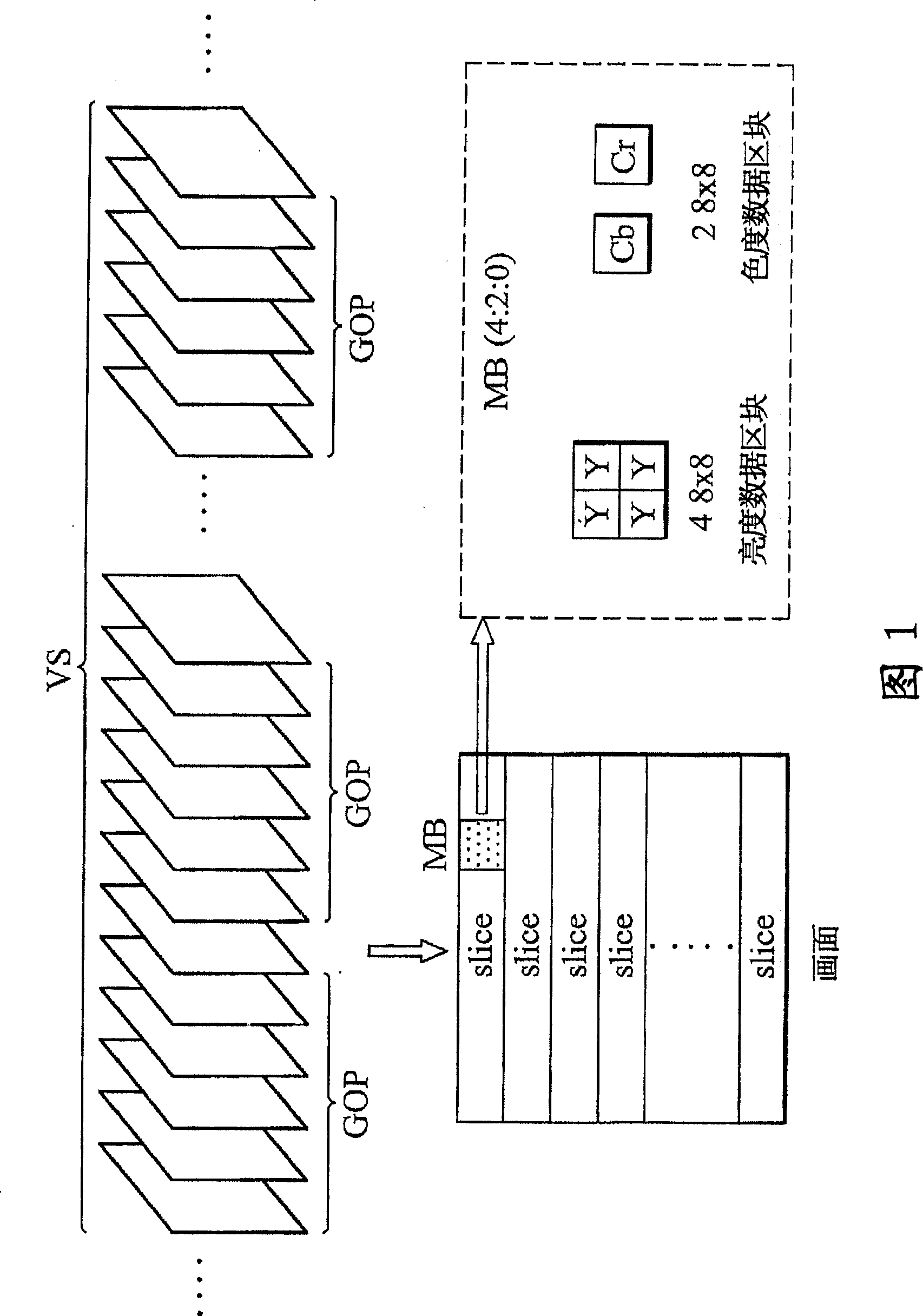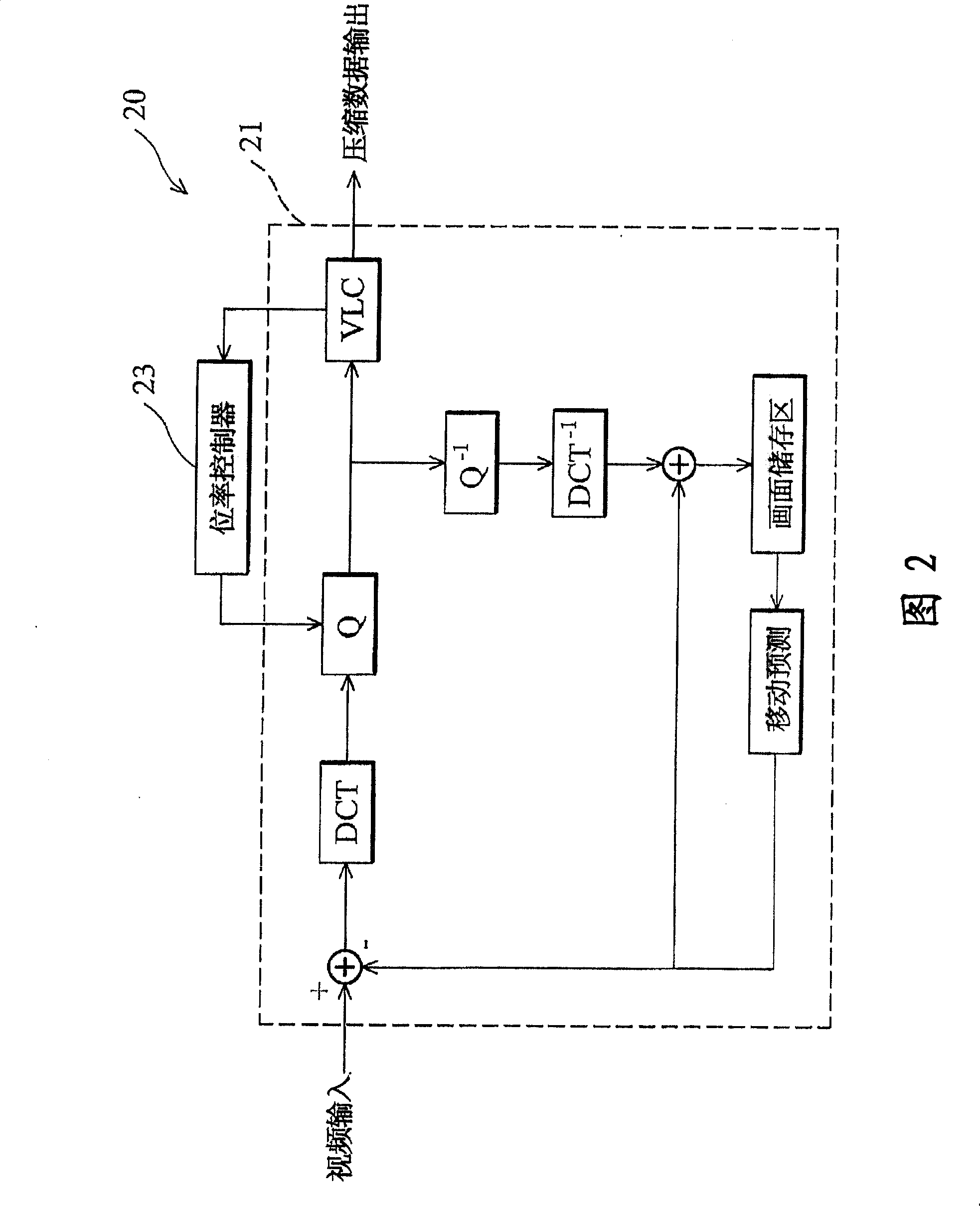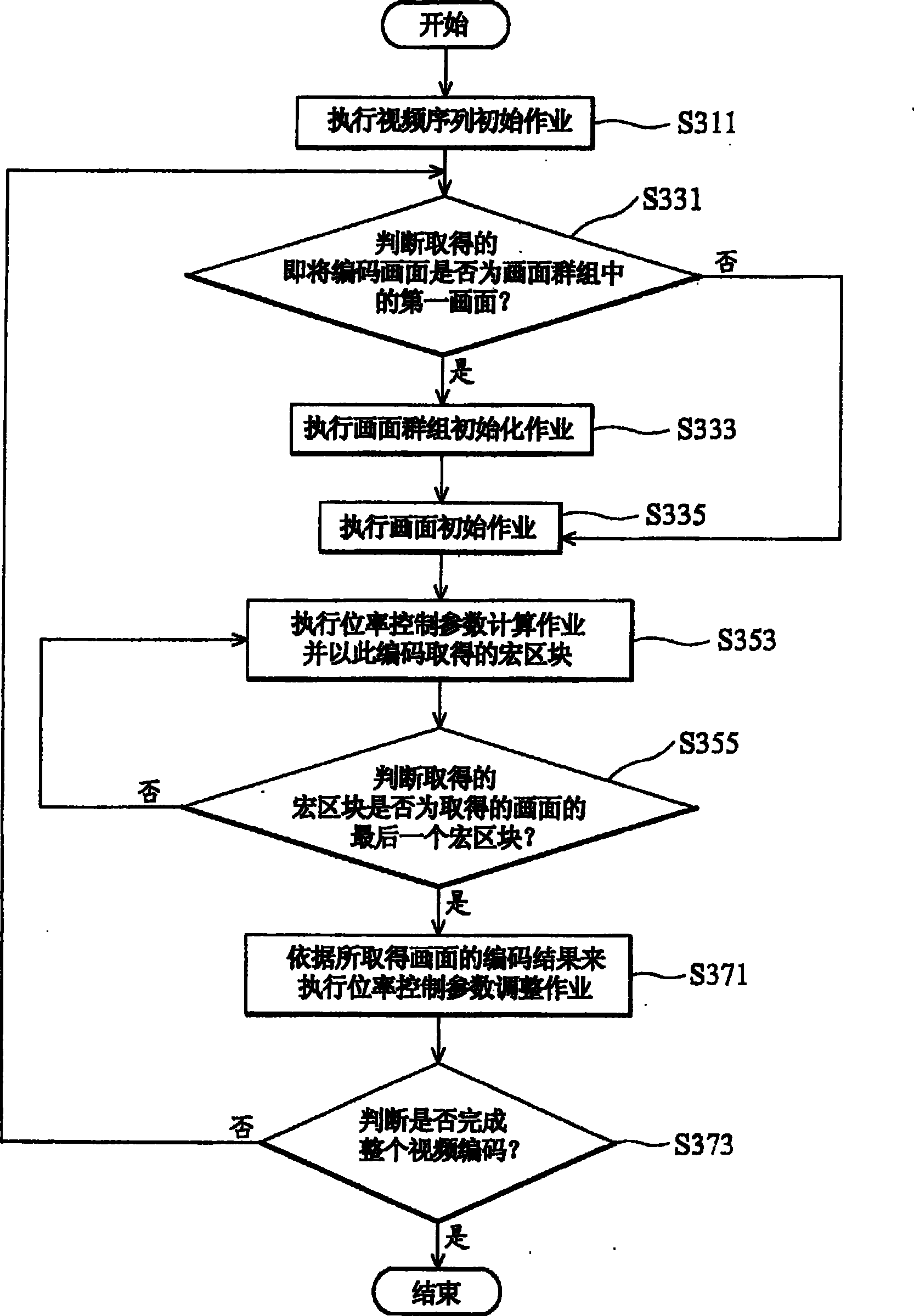Systems and methods for changing rate-control setting during video encoding
A technology of bit rate control and video coding, which is applied in the field of video coding and can solve problems such as poor coding quality and inconsistent coding quality
- Summary
- Abstract
- Description
- Claims
- Application Information
AI Technical Summary
Problems solved by technology
Method used
Image
Examples
Embodiment Construction
[0044]The MPEG or H.26x standard ensures that standardized files produced by video coding systems can be opened and run on any system equipped with a standard-compliant decoder. The spatial and temporal redundancy of data included in digital video allows it to be compressed without significant loss in quality. MPEG encoding is a general standard, not application-specific, and involves compression based on statistical redundancy in time and space. Spatial redundancy is the similarity of the color values of adjacent pixels in the same picture. MPEG encoding uses discrete cosine transform (Discrete Cosine Transform, DCT) to perform spatial compression within a picture to remove spatial redundancy. Temporal redundancy refers to the same movement between video frames, visually providing smooth and realistic motion. For temporal compensation between pictures, MPEG relies on prediction, more precisely, motion-compensated prediction or inter-picture prediction. MPEG utilizes I pi...
PUM
 Login to View More
Login to View More Abstract
Description
Claims
Application Information
 Login to View More
Login to View More - R&D
- Intellectual Property
- Life Sciences
- Materials
- Tech Scout
- Unparalleled Data Quality
- Higher Quality Content
- 60% Fewer Hallucinations
Browse by: Latest US Patents, China's latest patents, Technical Efficacy Thesaurus, Application Domain, Technology Topic, Popular Technical Reports.
© 2025 PatSnap. All rights reserved.Legal|Privacy policy|Modern Slavery Act Transparency Statement|Sitemap|About US| Contact US: help@patsnap.com



